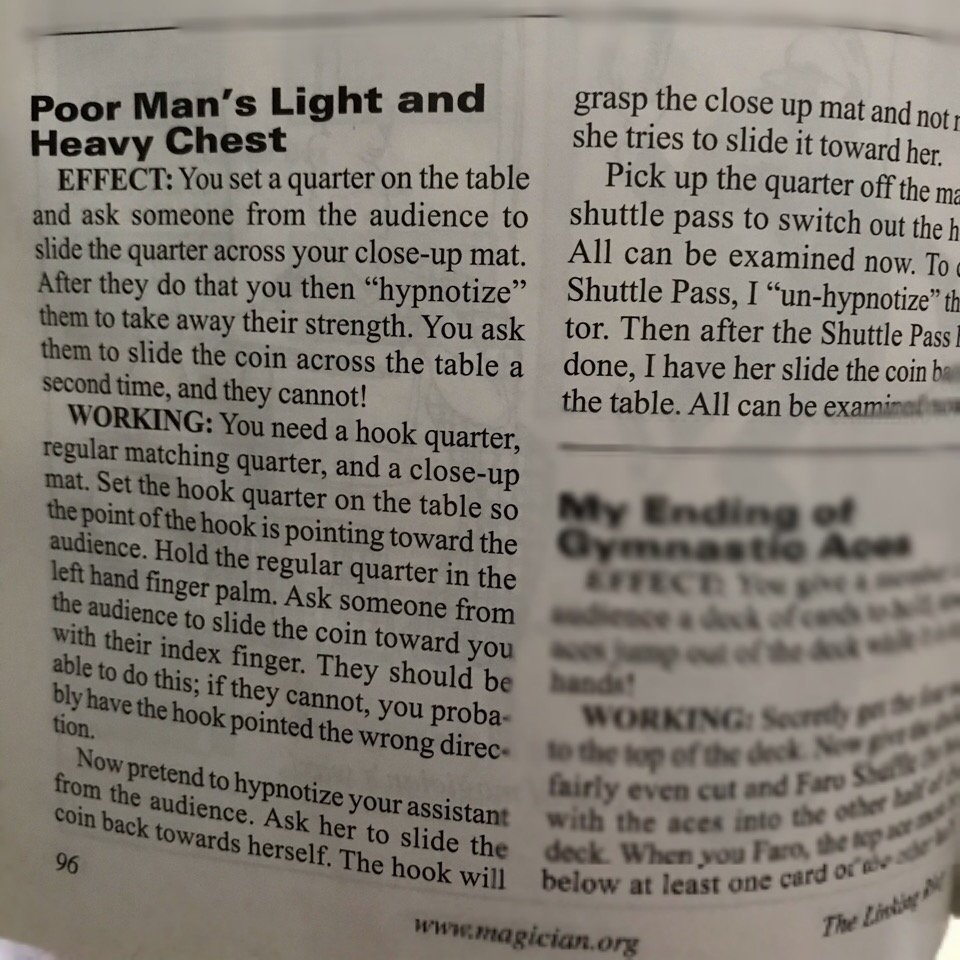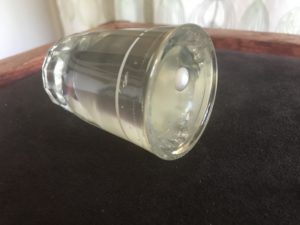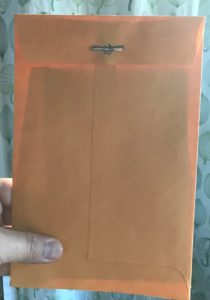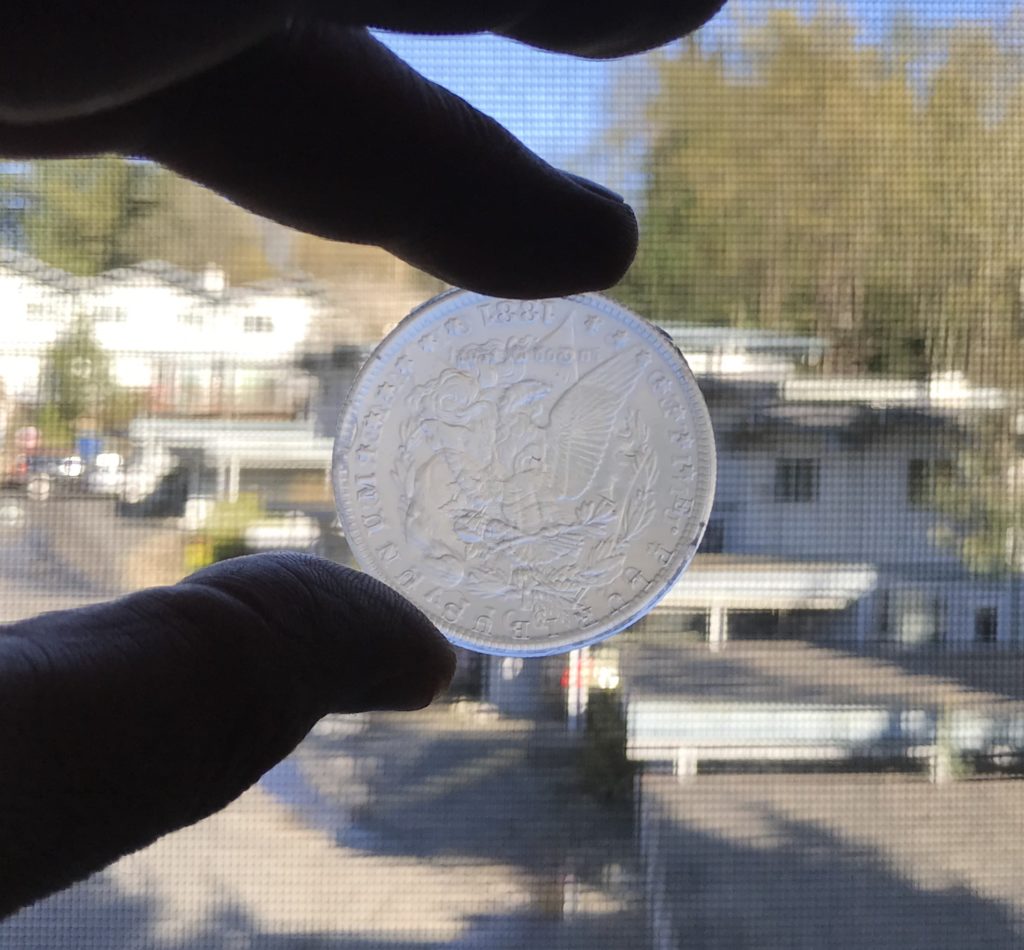One trick that I’ve been interested in for a while is the Light and Heavy Box premise. This was originally done with a box that someone could lift, or couldn’t at the will of the magician. This is a trick that I’ve used in my stage show during a couple school assembly tours. It’s a great trick and gets good reactions.
About a dozen years ago I published a version that was close up that used a coin:

A couple of days ago I saw that Wayne Fox was offering a discount on a download of his Light / Heavy Project. This is an interesting idea, and it was a great purchase. Personally, I don’t think it will make it into my core close up set, however I do think it’s something that I’d do for a group that I’m really connecting with.
If you like the light and heavy premise this download is worth checking out!



